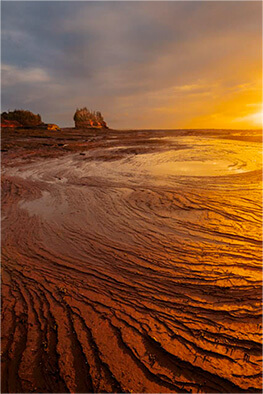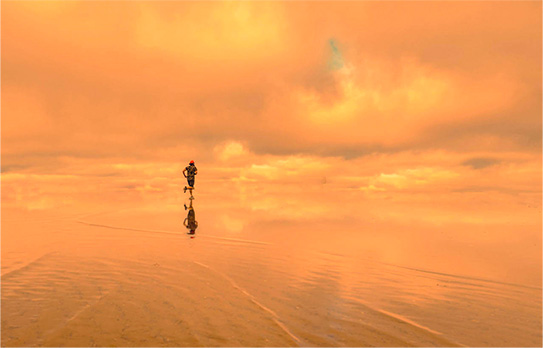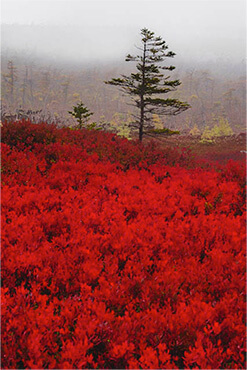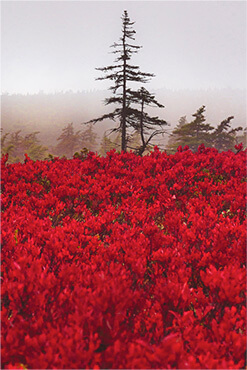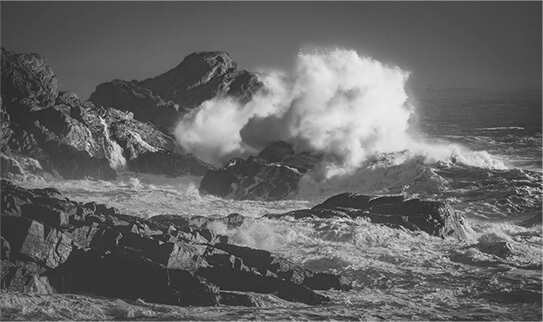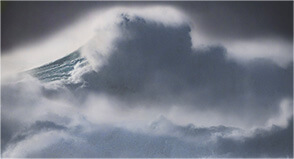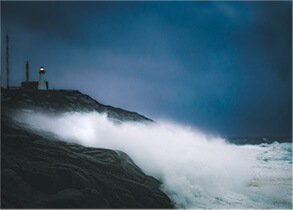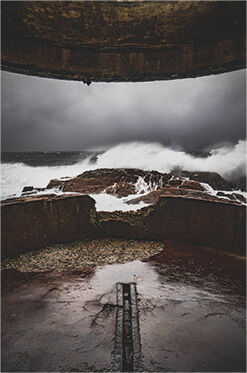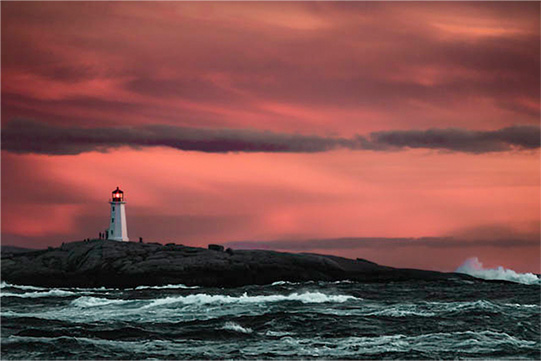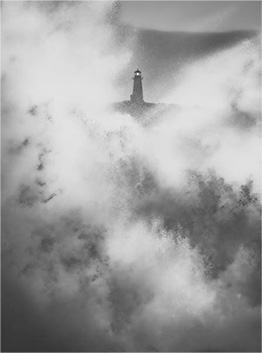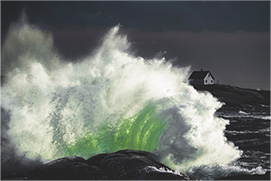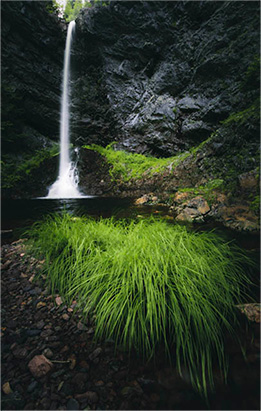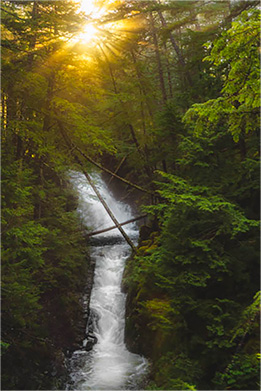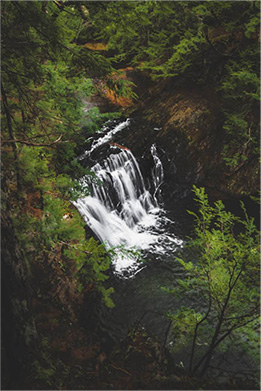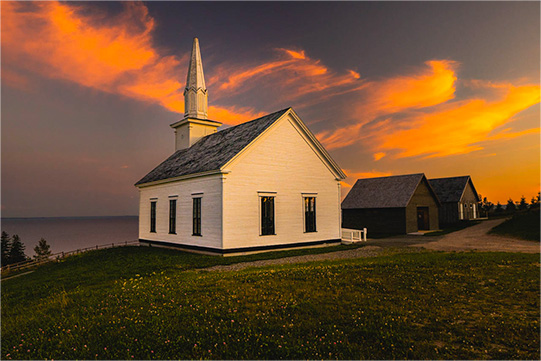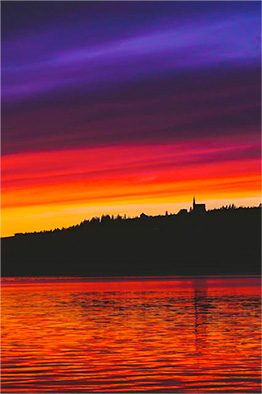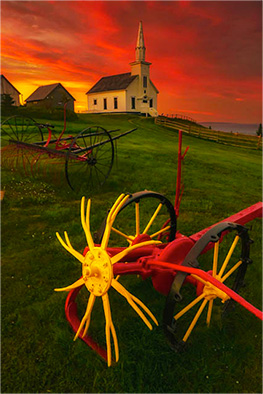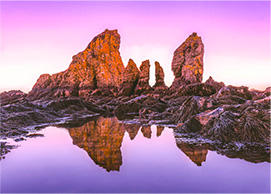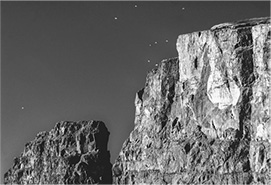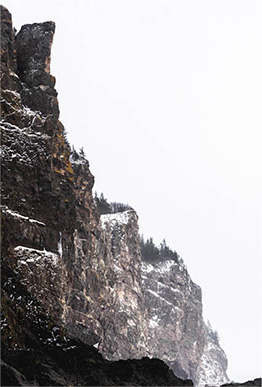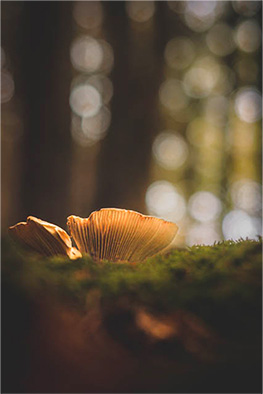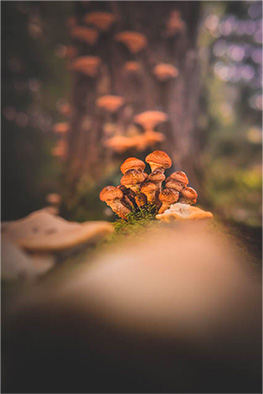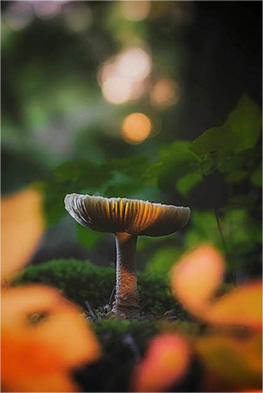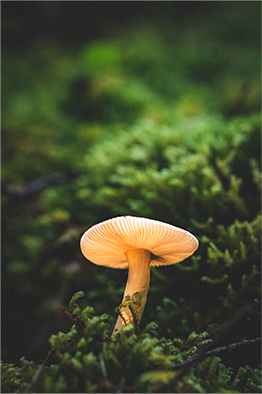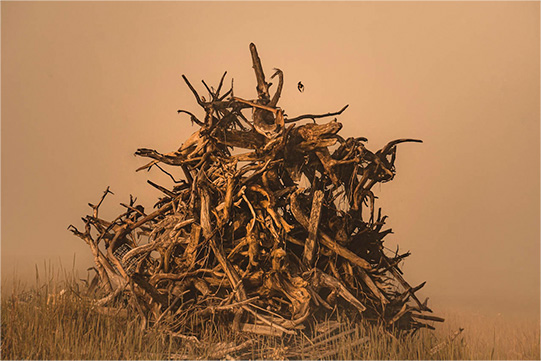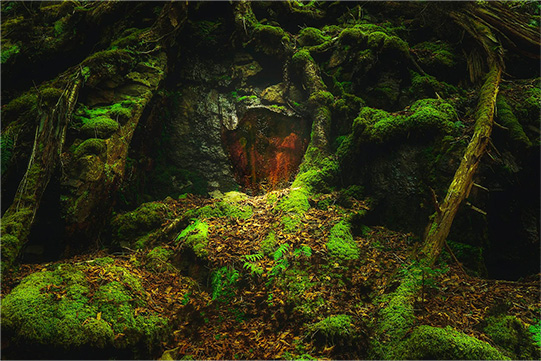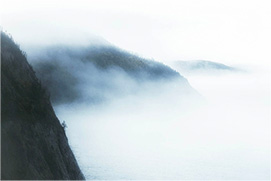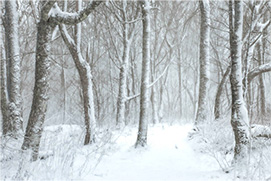TOP TEN AND WHEN
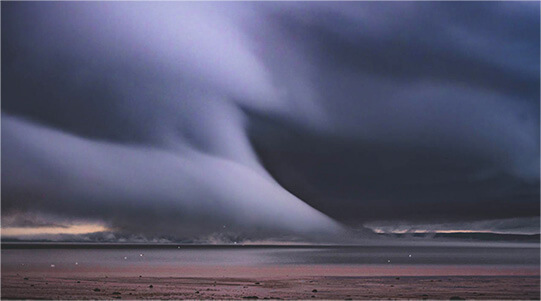
MINAS BASIN AND COBEQUID BAY AT LOW TIDE
When the tide goes out on these shores, it feels like the ocean floor goes to infinity. The clouds often hang low and the sun always sets or rises in the distance, behind higher land so the set is sooner than you think and the rise happens later and the golden light is fleeting. That said, you’re likely to catch fog rolling in and out which not only sets mood but diffuses light. Beach to beach is its own unique bio atmosphere.
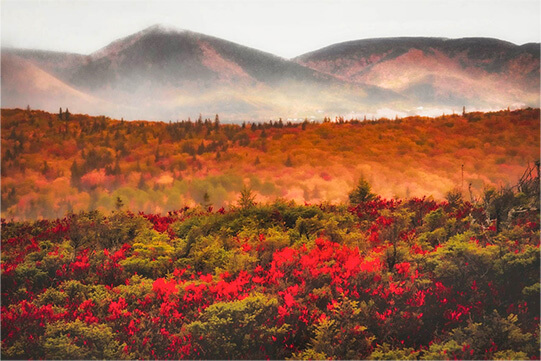
MICA HILL TRAIL
IN FALL
Along the Mica HIll trail in the Cape Breton Highlands is probably my favourite track in Fall. For roughly a two week period the floor fauna explodes in a sea of red. The 360 degree vistas all around provide stunning backdrops and an opportunity for some unique, once a year photography and visuals.
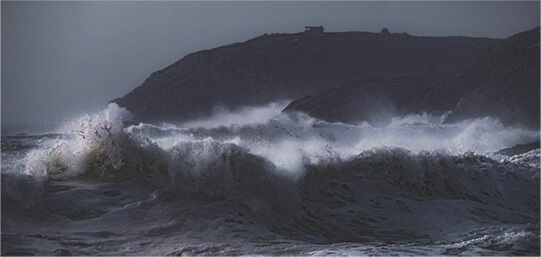
DUNCANS COVE STORM SURGE
If you enjoy coastal photography, and in particular the power of the sea, Duncans is one of my favourite places that offer all the things I look for. Craggy coastline, the opportunity to get safely high and safely low in relation to the waves, and good views of its inlets. It’s unique position seems to offer more crossing wave patterns than anywhere else giving you more dramatic wave explosions. In the morning you can get your waves backlit. Remember the sun will set over higher ground in behind the cove.

CRANBERRY COVE
AT SUNRISE/SET
Safely away from the crowds at Peggy’s Cove with, in my opinion anyway, a better view of the famous lighthouse, this is the best spot to catch the light at sunrise and sunset over Peggy’s, or to use crashing waves and frame the famed landmark. You also get a better view of the coastline extending towards Indian Harbour with possibly the biggest crashing waves during surges in the area. Sunrise comes over the higher land in behind you, sunset can backlight those waves moving towards you.
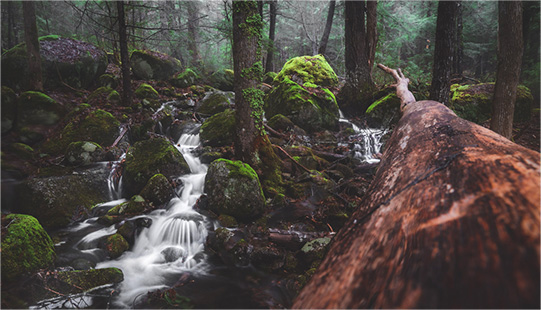
WATERFALLS
IN SPRING
Nova Scotia is home to countless waterfalls and unsurprisingly my favourite time to shoot them is Spring. Spring thaw combined with remaining ice can make access tricky but the falls tend to flow at their peak and full glory in spring. Additionally you can find falls in places you don’t (usually) any other season with runoffs happening frequently off higher elevation ground. Mist from this flow can add atmosphere and personally I prefer a simpler colour palate of Spring over Fall, but there is no wrong time to shoot waterfalls.
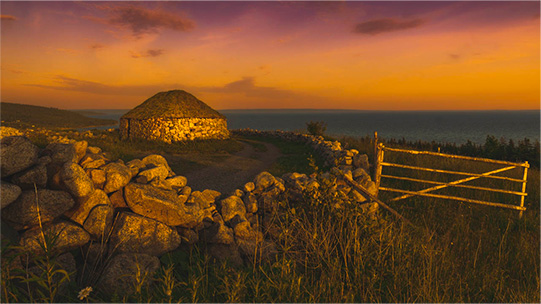
IONA AT SUNSET
This place! I don’t even know how to describe it, but Iona is pure magic. I often dreamt of living here as I passed through en route to Sydney, it’s just the most adorable picturesque little village I can think of. I don’t often photograph “mans hand” landscapes (outside lighthouses), but the Highland Village really harkens back to yesteryear and the sunsets have been some of the wildest I’ve seen, setting in behind or to the side of the village set on a hill overlooking the Bras d’Or Lake. Must see.
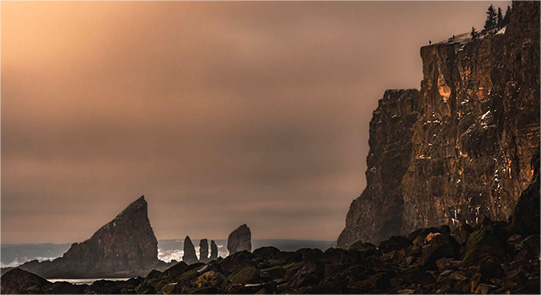
CAPE SPLIT BEACH
AT LOW TIDE
Another famed landmark of Nova Scotia and a (rightfully so) busy spot is Cape Split, but avoiding the crowds and seeing the cliffs jutting out into the Bay of Fundy in their majestic brilliance from below is my preferred way to enjoy this area. This is an EXTREMELY tide dependent excursion and caution must be taken as the land bridge to get you safely up off the beach is not in view from the beach at the split. Once the tide turns and starts coming in, you need to be back within two hours (I’ve seen recommendations of three hours but tide heights vary so stick with two hours). Also keep in mind the beach is full of large jagged rocks, it’s a rough walk but totally worth it. Beware the peregrine falcons mating and parenting season as they can be protective of the cliffs and your proximity to their nests. Given it’s a provincial park, no drones.
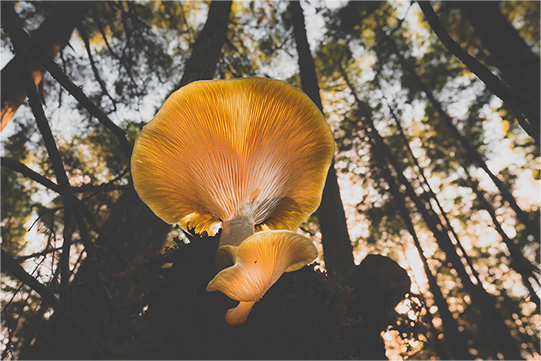
FUNGI SEASON
From a photographic standpoint, I often have a bit of late summer blues. It is often not, to me anyway, the most photogenic season. As it always does though, the woods provides relief. The fungi comes to life and provides a neat little tiny world of subjects. Natural light is king if you can find it but as this often grows where light is not often, I’m not opposed to bringing a little light of my own and shallowing out that depth of field. A bridge to the vibrant Fall colours awaits us in the depths of the forest floors.
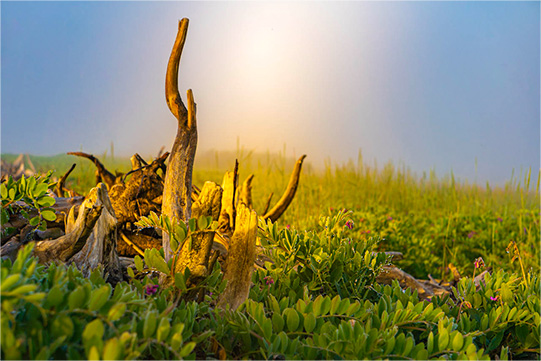
THE HAWK IN FOG
At the Southern tip of Nova Scotia on Cape Sable Island (you can also find the tallest lighthouse in NS here) lies one of the most eerie spots I know of. Petrified tree stumps, the remnants of a forest that existed 1500 years ago, is exposed at low tide. There’s a large area of these stumps, and as the sea rolls back you never know what you’ll see that gets left behind. As with all trees, I see many faces and shapes in the hundreds of stumps and fog of course lends natures perfect moody touch. So much to explore when the tide is out, and don’t worry if there’s no fog when you arrive, odds are it’ll roll in soon, dusk and dawn are certainly your best chance to guarantee fog. If it is sunny, you can always hang at the beautiful white, soft, fine sand beach to the left of the drowned forest.
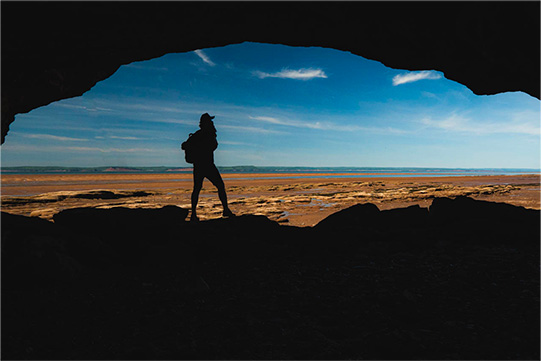
OUTSIDE ANYWHERE IN THE PROVINCE IN ANY SEASON
As with any list, this is an entirely subjective list of what and where and when to photograph some beautiful landscapey things in Nova Scotia. The truth is, the best things to photograph and see here, in my opinion, are outside, and you can do that any time. There’s lots of tips and tricks out there, but the best advice I can give is to get outside!

